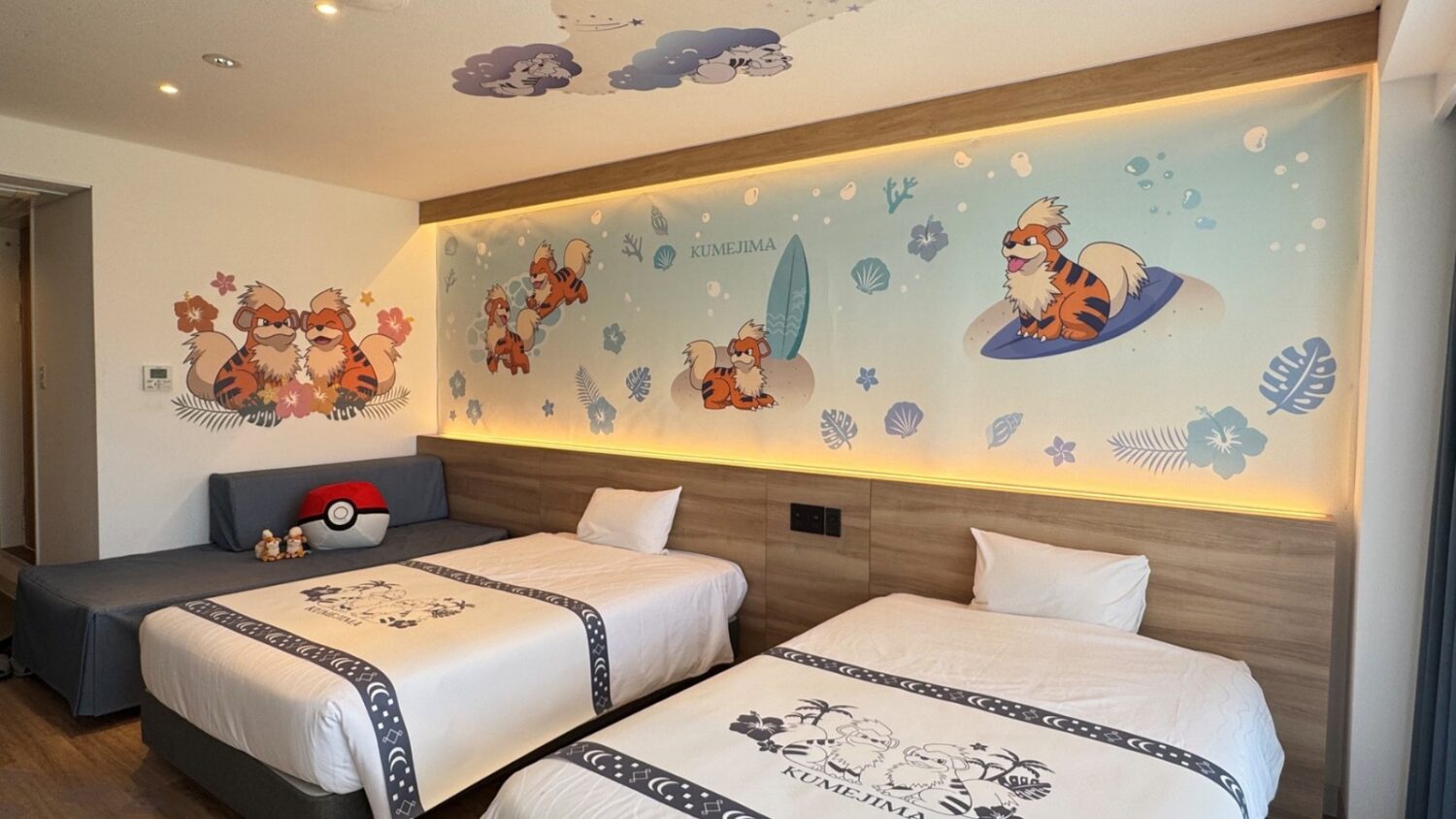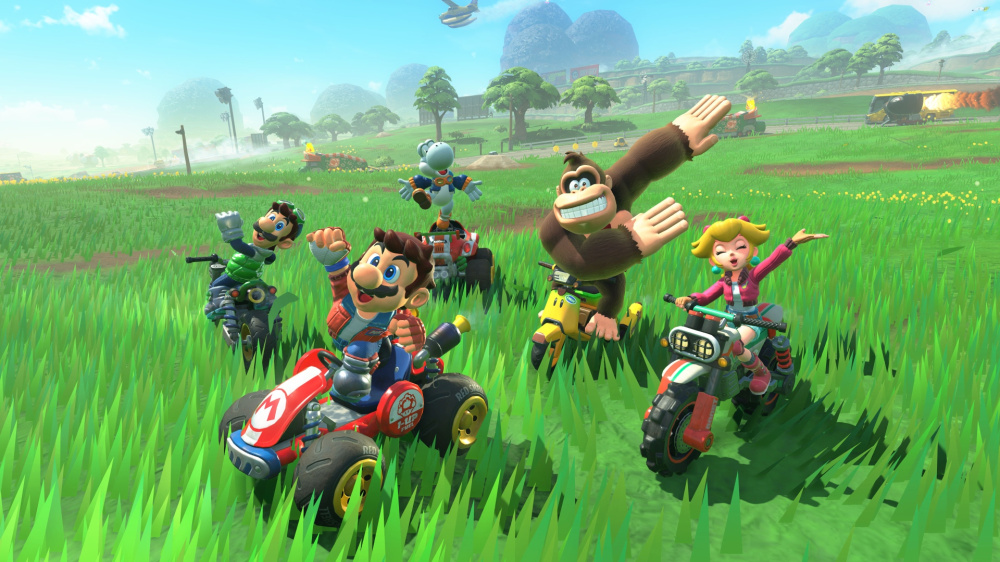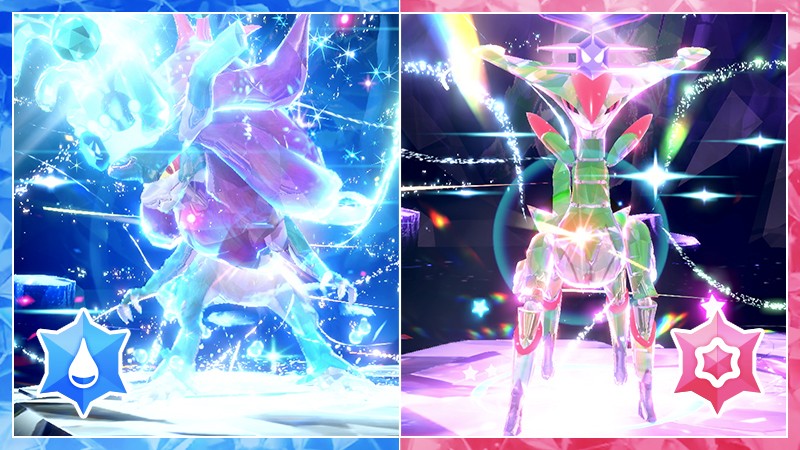Pokémon's journey from a Japanese sensation to a global phenomenon is well documented, but few know the inside story of how it was adapted for Western audiences.
At the recent Long Island Retro Gaming Expo, Gail Tilden, former marketing executive at Nintendo of America, sat down with Frank Cifaldi from The Video Game History Foundation to discuss the pivotal localization decisions that determined the franchise's fate outside of Japan. Before Pokémon—known as Pocket Monsters in Japan—arrived in North America and Europe, it was already a massive hit in its home country.
Released on the Game Boy in 1996, Pokémon Red and Green quickly became a pop culture force, inspiring anime, comics, merchandise, and further game releases.
But launching the franchise in new markets posed significant challenges, as Western tastes and trends often differed from those in Japan. Reflecting on the scenario in early 1998, Tilden recalled, “When I was appointed to lead the team responsible for bringing Pokémon out of Japan, there were some unconventional ideas circulating about how to adapt the series.” She described how the team initially considered altering the game's visuals and making the art 'grittier,' even going so far as to propose a graffiti-inspired look to better appeal to Western sensibilities. The localization team recognized a common industry practice of reimagining Japanese games to suit American audiences, but some suggestions went even further.
At one point, according to Tilden, there was genuine debate about transforming Pokémon’s central conceit into a baseball league, replacing the core monster-catching dynamic with sports-themed gameplay. However, as Tilden pointed out, Pokémon's overwhelming multimedia success in Japan soon made it clear that sticking to the original formula was crucial.
"Within months, Pokémon’s popularity was exploding with animated TV series, comic books, movies, new games, and a wide array of toys," Tilden explained.
As interest grew, Nintendo of America's then-president Minoru Arakawa made a definitive decision.
Tilden recounted Arakawa’s stance: "We’re just going to do it.
We want to handle everything — the TV shows, games, and merchandise — just like in Japan.
And that means gathering all the necessary rights and ensuring full control of the brand in North America." Nintendo of America partnered with licensing agency 4Kids Entertainment to manage the Western rollout, making sure that the brand remained faithful to its Japanese origins.
This unified approach to localization and marketing ensured that Pokémon’s core identity was preserved, enabling the franchise to quickly capture the imaginations of children and gamers across the globe. Today, Pokémon stands as one of the most successful media franchises of all time, with over 400 million game copies sold worldwide (as of 2023), and an enduring presence on platforms like the Nintendo Switch and the Nintendo eShop.
The franchise’s story underscores the importance of thoughtful localization and brand management—lessons still relevant to the gaming industry’s global landscape.
At the recent Long Island Retro Gaming Expo, Gail Tilden, former marketing executive at Nintendo of America, sat down with Frank Cifaldi from The Video Game History Foundation to discuss the pivotal localization decisions that determined the franchise's fate outside of Japan. Before Pokémon—known as Pocket Monsters in Japan—arrived in North America and Europe, it was already a massive hit in its home country.
Released on the Game Boy in 1996, Pokémon Red and Green quickly became a pop culture force, inspiring anime, comics, merchandise, and further game releases.
But launching the franchise in new markets posed significant challenges, as Western tastes and trends often differed from those in Japan. Reflecting on the scenario in early 1998, Tilden recalled, “When I was appointed to lead the team responsible for bringing Pokémon out of Japan, there were some unconventional ideas circulating about how to adapt the series.” She described how the team initially considered altering the game's visuals and making the art 'grittier,' even going so far as to propose a graffiti-inspired look to better appeal to Western sensibilities. The localization team recognized a common industry practice of reimagining Japanese games to suit American audiences, but some suggestions went even further.
At one point, according to Tilden, there was genuine debate about transforming Pokémon’s central conceit into a baseball league, replacing the core monster-catching dynamic with sports-themed gameplay. However, as Tilden pointed out, Pokémon's overwhelming multimedia success in Japan soon made it clear that sticking to the original formula was crucial.
"Within months, Pokémon’s popularity was exploding with animated TV series, comic books, movies, new games, and a wide array of toys," Tilden explained.
As interest grew, Nintendo of America's then-president Minoru Arakawa made a definitive decision.
Tilden recounted Arakawa’s stance: "We’re just going to do it.
We want to handle everything — the TV shows, games, and merchandise — just like in Japan.
And that means gathering all the necessary rights and ensuring full control of the brand in North America." Nintendo of America partnered with licensing agency 4Kids Entertainment to manage the Western rollout, making sure that the brand remained faithful to its Japanese origins.
This unified approach to localization and marketing ensured that Pokémon’s core identity was preserved, enabling the franchise to quickly capture the imaginations of children and gamers across the globe. Today, Pokémon stands as one of the most successful media franchises of all time, with over 400 million game copies sold worldwide (as of 2023), and an enduring presence on platforms like the Nintendo Switch and the Nintendo eShop.
The franchise’s story underscores the importance of thoughtful localization and brand management—lessons still relevant to the gaming industry’s global landscape.






